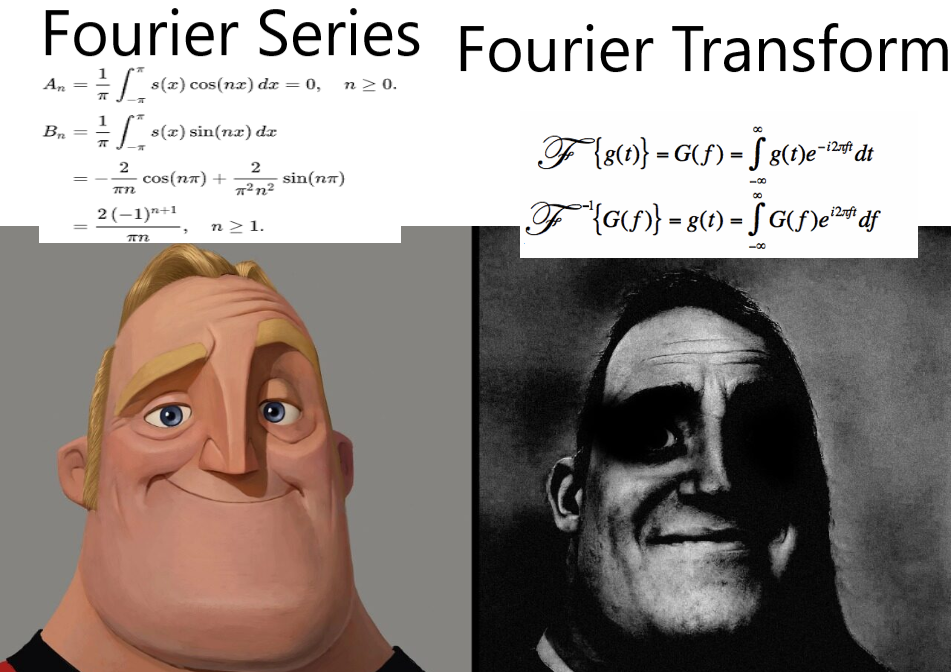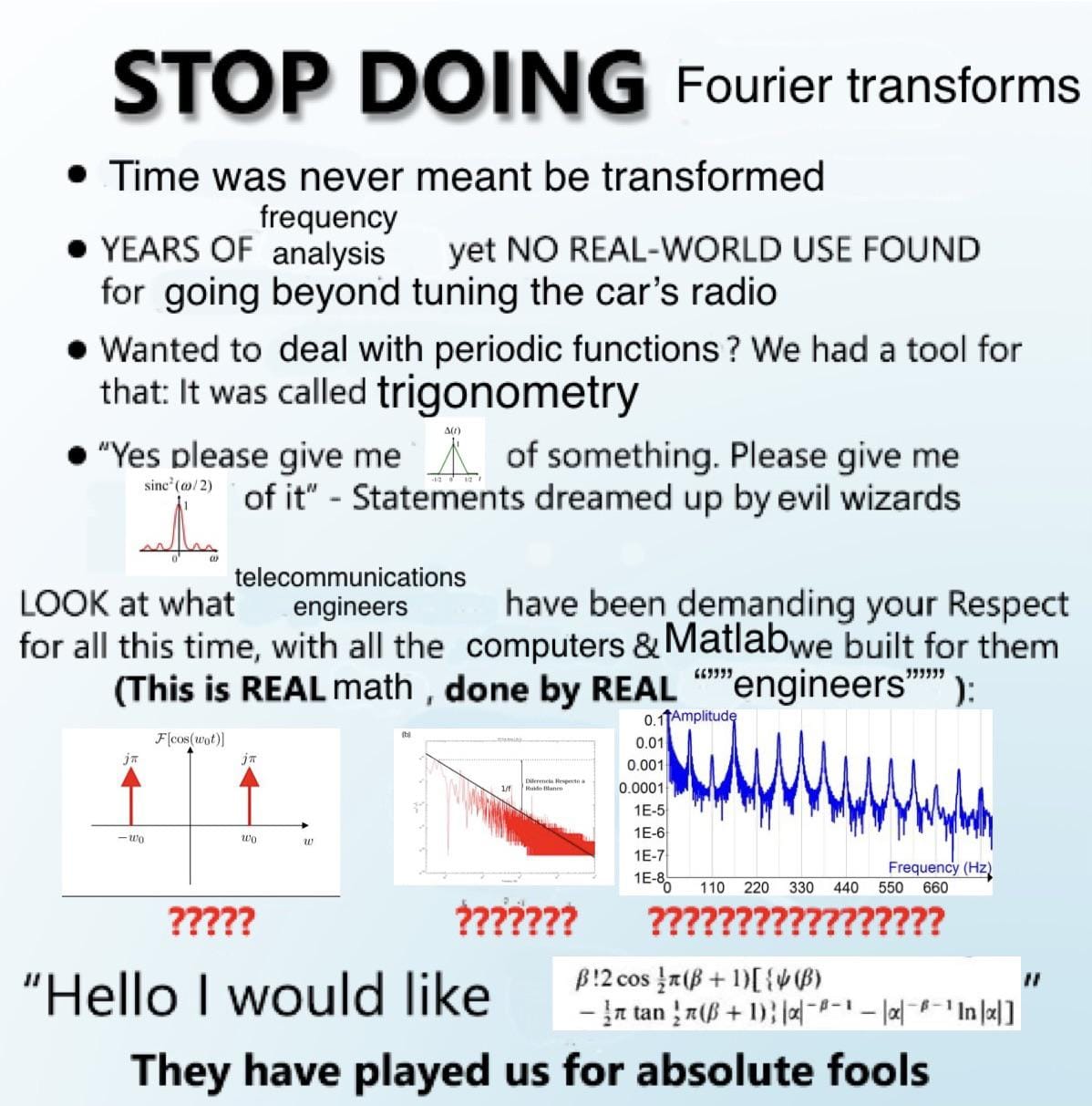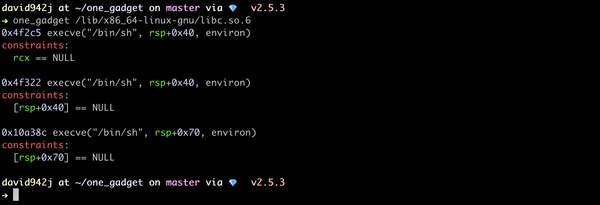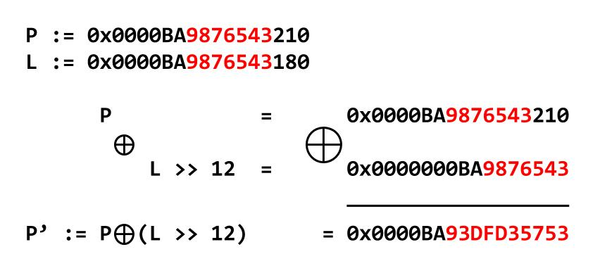Is There an Echo

Maybe next time you should record your music in an acoustically treated space
by slimecat
Plug
This challenge was written for CSAW 2024 qualifiers by a member of NYU's OSIRIS Lab. CSAW is the world's most comprehensive student-run cybersecurity event and it's hosted here at NYU Tandon!
Tools
- spek
- Audacity
Method
We're given an audio file, 256.wav. The first thing we do is check metadata information with $ exiftool which gives us nothing. We can check the spectrograph of the wav file with $ spek to see if there are any hidden images:
Nothing. There's always our trusty $ strings
$ strings
[...]
> Q P D
! F k
- @
cepstral domain single echo
Interesting. Looking up "cepstral domain single echo" points us to a couple scholarly articles that make references to audio watermarking and echo hiding. Following up with echo hiding, we're directed to a useful powerpoint by Jeff England.
Echo Hiding Logic
To explain it as simply as possible, to echo hide data, the audio signal is divided into multiple windows. Two delays are chosen to encode the hidden data: one for a binary 0 and another for a binary 1. I'm not too well-versed in audio signaling but an FIR filter is apparently utilized to delay the audio signal, the original signal is filtered through both binary one and binary zero filters, and a mixer signal containing ramping functions is used for the encoding. But we're not too interested in the encoding, how do we break this apart?
The key to decoding the flag is to find the delay before the echo. In order to do that, we first need to find the "cepstrum" of the encoded signal which is a fancy term for taking the logarithm of the estimated signal spectrum and computing the inverse Fourier transform. This challenge is dragging me, kicking and screaming, back into differential equations.
Luckily, most of the hard work has already been done by the giants whose shoulders I'm making sore. The equation for calculating the cepstrum is as follows:
where C_r is the cepstrum, the f(t) is the signal, log is the natural logarithm, fancy F is the Fourier transform, and fancy F^-1 is the inverse Fourier transform.
To sum it all up we need to:
- Partition the signal data into little windows
- Compute the cepstrum of each window
- Determine if the binary 0 delay or the binary 1 delay is currently being used (which tells us if the data is encoded binary 0 or binary 1)
- Convert the decoded binary to ascii
The question now becomes: how do we determine the size for our segmented data, and what are the 0 and 1 delays?
Given that the name of our wav file is 256, we can pray that 256 bits will be good enough for our signal data partitions.
Solver Script
Before we go into finding the location of the delays, let's see how that information will fit into our solver script:
import soundfile as sf
import numpy as np
from scipy import fft
def decode_binary(binary_arr: list[int]) -> str:
"""Takes the array of binary numbers and decodes them to an ASCII string"""
string_bin = []
binary_arr = np.array(binary_arr)
binary_arr.resize(len(binary_arr) // 8, 8)
for arr in binary_arr:
string_bin.append("".join([str(i) for i in arr]))
return "".join(chr(int(i, 2)) for i in string_bin)
def decode_echo(part: np.ndarray, delays: tuple[int, int]) -> int:
"""Calculates the wav file partition's cepstrum and determines if a 1 or a 0 is encoded"""
cepstrum = fft.ifft(np.log(np.abs(fft.fft(part))))
delay_0, delay_1 = delays
if cepstrum[delay_0 + 1] > cepstrum[delay_1 + 1]:
return 0
else:
return 1
def solve(filename: str, partitions: int, flag_format: str) -> None:
#reads the audio file as an array of floats
signal, freq = sf.read(filename)
#partitions the signal into equal sized windows (the amount of which defines how many bits will be decoded)
window_size = len(signal) // partitions #let's hope there's nothing important in that lost trailing window!
partitioned_signal = signal[:partitions*window_size].reshape((partitions, window_size))
#brute-force the 0 and 1 bit delays
for delay_1 in range(54, 59):
for delay_0 in range(delay_1):
print(f"0-bit delay: {delay_0: >3} | 1-bit delay: {delay_1: >3}", end="\r")
delays = (delay_0, delay_1)
binary_arr = []
for part in partitioned_signal:
binary_arr.append(decode_echo(part, delays))
decoded_str = decode_binary(binary_arr)
if flag_format in decoded_str: print(decoded_str)
if __name__ == "__main__":
#Getting context for our delays:
#signal / (freq * partitions) -> ~0.350 sec for each partition
#0.350 / window_size -> 0.020833 msec between each array element
#every 48 or so elements in our array make up 1 msec
filename = "256.wav"
partitions = 256
flag_format = "csawctf{"
solve(filename, partitions, flag_format)
In order to find the delays, we can analyze the audio file using Audacity's Frequency Analysis window while utilizing the Cepstrum algorithm:
As we can see, there are peaks about the 0.001 and 0.0012 second marks. If you read the above python code, you know that there are approximately 0.020833 milliseconds between each element of our partitioned array.
In order to find the index location of our juicy delays, we can simply do:
(0.0012 * 1000) / 0.020833
which gives us ~58, hence the for loop iterates until 59.
Running the python script, we get a variety of flag permutations but eventually one sticks!
csawctf{1nv3st_1n_s0undpr00f1ng}





